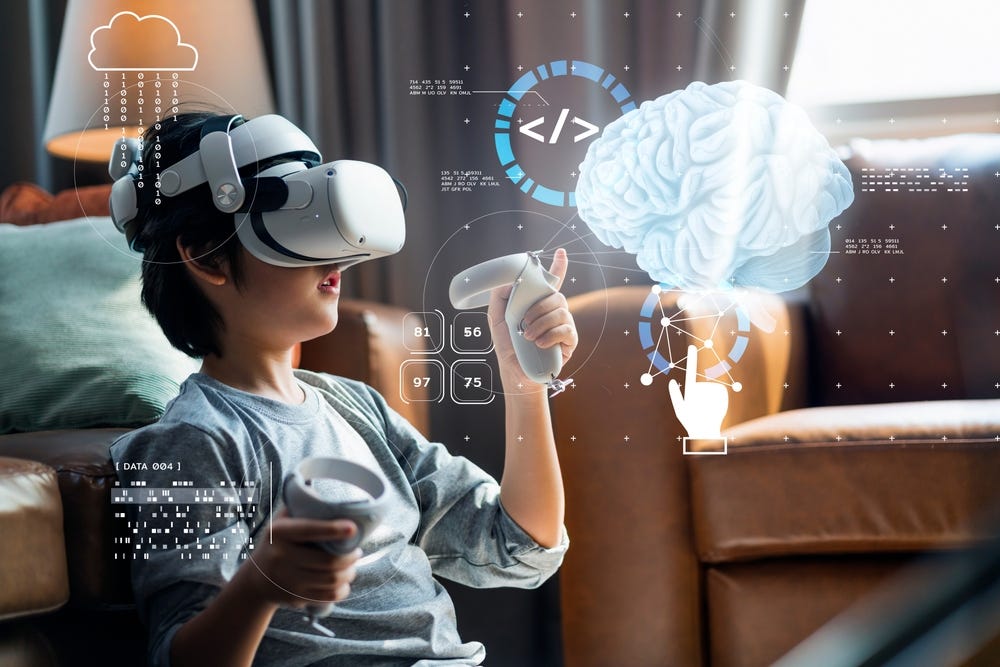The worlds of entertainment and technology have always evolved in tandem — but Extended Reality (XR) is taking this partnership to a ground breaking new level. XR, which encompasses Virtual Reality (VR), Augmented Reality (AR), and Mixed Reality (MR), is no longer a futuristic concept. It’s here, and it’s redefining how we experience live performances, concerts, festivals, and even theatre.
From virtual concerts that attract millions of viewers to immersive storytelling experiences in physical spaces, XR is rewriting the rulebook for audience engagement. Let’s explore how this transformation is taking shape and why it’s becoming a game-changer for performers, creators, and audiences alike.
1. Blurring the Line Between Digital and Physical Worlds
XR technologies enable artists and creators to design environments that transcend the limitations of the physical world. Imagine attending a concert where holographic visuals react in real-time to the music, or a dance performance set in a digitally rendered dreamscape visible through AR glasses. These aren’t just gimmicks — they’re immersive layers that enhance storytelling and emotional connection.
2. Reaching Global Audiences with Virtual Venues
One of the most ground breaking shifts XR brings is accessibility. Events once limited by geography and venue capacity can now be attended from anywhere. Virtual reality platforms like VRChat, AltspaceVR, and Horizon Worlds host live shows and events where participants interact with both the performers and each other in a shared virtual space. Artists like Travis Scott and Ariana Grande have already performed for millions via virtual concerts in games like Fortnite.
3. Interactive and Personalized Experiences
With XR, audiences are no longer passive observers — they become active participants. In immersive theatre, viewers might walk through a physical space while interacting with digital overlays. In AR-enhanced sports or music events, fans can access real-time stats, behind-the-scenes content, or choose camera angles, making the experience uniquely theirs.
4. Empowering Creators with New Tools
For creators and performers, XR opens up a new toolkit. Choreographers can design routines in VR. Musicians can compose for 360-degree spatial sound environments. Set designers can build virtual stages that morph with the narrative. These tools democratize creativity and allow for experimentation that would be costly or impossible in the real world.
5. Challenges and What’s Next
While XR adoption is growing, challenges like high development costs, device accessibility, and motion sickness still exist. However, as XR hardware becomes more affordable and 5G expands, latency issues will shrink, and adoption will rise.
Looking ahead, we can expect even more hybrid events — blending in-person energy with XR-powered digital extensions — offering fans the best of both worlds. AI-driven avatars, volumetric video capture, and haptic feedback devices are set to further blur the lines between physical and virtual.
Conclusion
XR is not just enhancing live events — it’s revolutionizing them. For organizers, artists, and fans alike, the opportunity to create, connect, and experience in ways never before possible is here. At TemetaTech, we’re excited about the possibilities XR brings and how it’s shaping the next era of performance and entertainment.
Want to explore how XR can elevate your next event or experience? Let’s talk.

